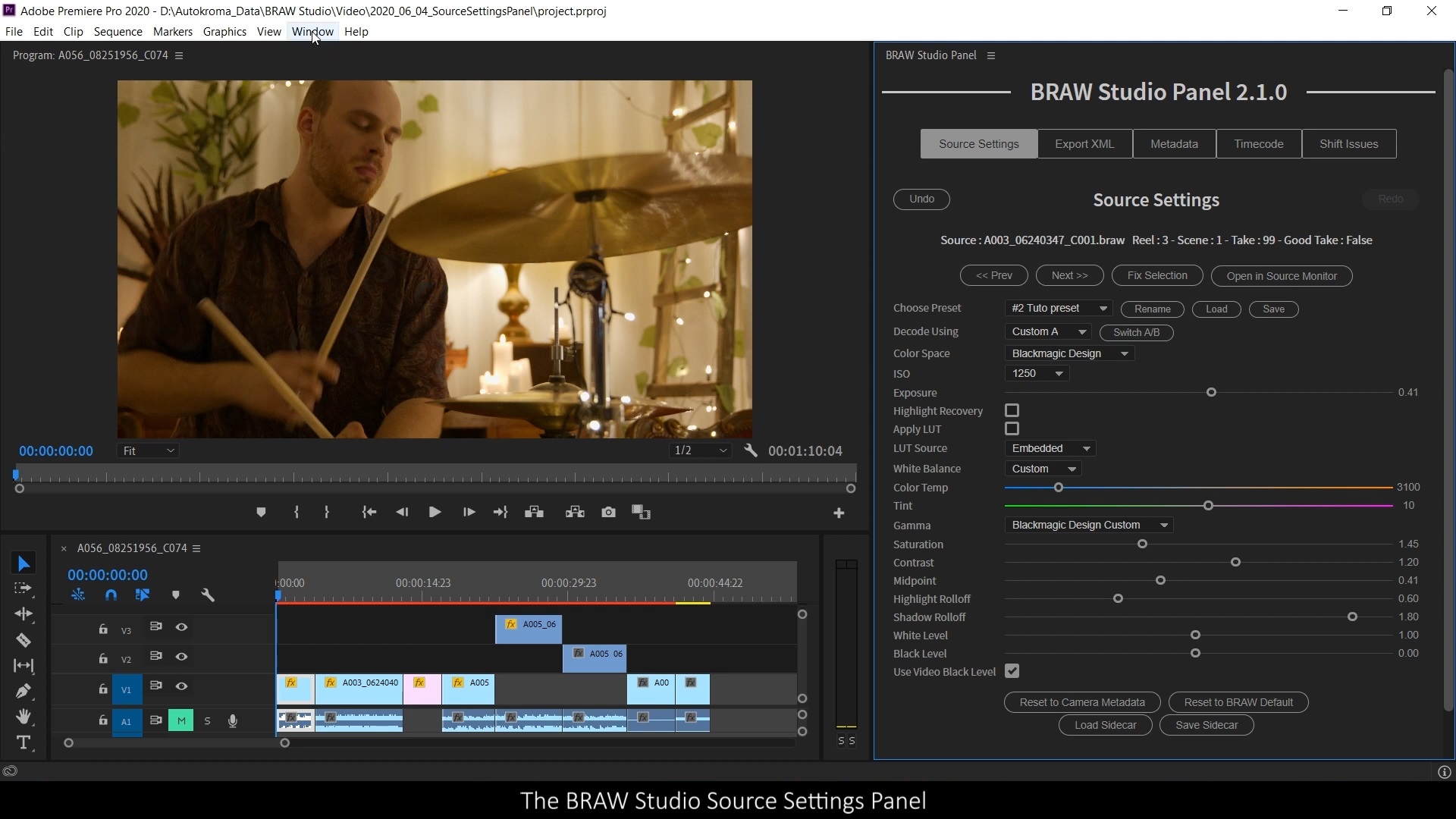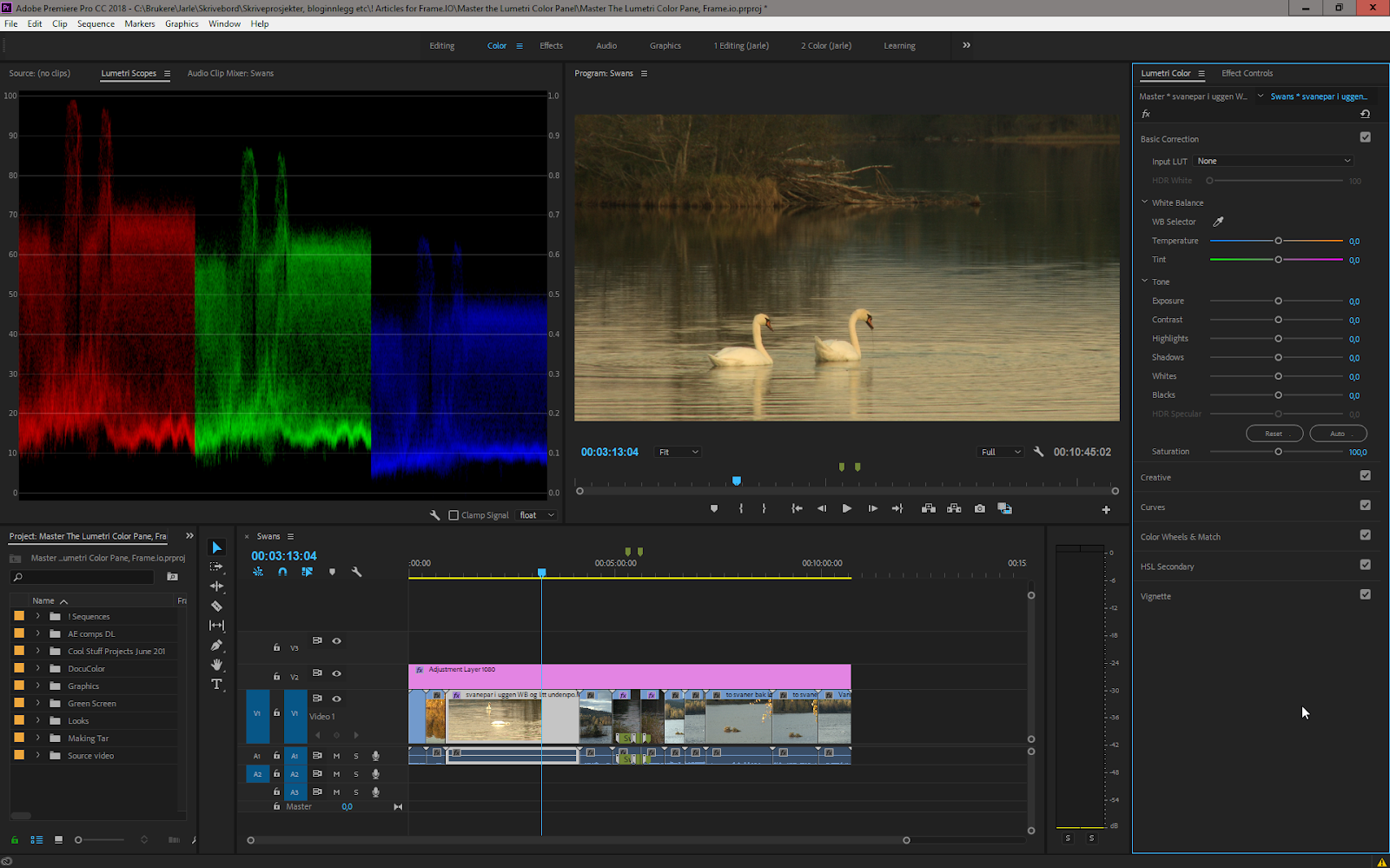Dock panels can be docked to a form (user control), other dock panels or they can float. This topic describes how to perform these docking operations in code. To find out how to create and destroy panels, and add visual controls to panels in code, see the Creating and Destroying Dock Panels document. In this Lesson you will learn how to Dynamically Adjust the Panels of Adobe Premiere’s interface to your own style and needs. We will also take an in depth l. Here are the steps you need to take to properly export your videos in Adobe Premiere Pro. For anyone who’s ever worked on any video project big or small, the greatest thrill (and perhaps the greatest terror) are always those last moments before you finally hit “export”. Depending on the length of your project, the. You can open and edit live any Google Doc or Google Sheet inside the Adobe panel interface. Great for scripts, script notes, sub-titles, transcriptions, to-do lists and many more things. This panel requires CC2018 or later version of Adobe Premiere Pro and Adobe After Effects. Not compatible with CC2017.
To close a panel or window, press Control-W (Windows) or Command-W (Mac OS), or click its Close button. To see all the panel tabs in a narrow panel group, drag the horizontal scroll bar. To bring a panel to the front of a group of panels, do one of the following: Click the tab of the panel you want in front.

Customizing the workspace
You can customize the workspace to create a layout that works best for you:

- As you change the size of one frame, other frames change size to compensate.
- All panels within frames are accessible via tabs.
- All panels are dockable—you can drag a panel from one frame to another.
- You can drag a panel out of a frame to become a separate floating panel.
You can save your workspace as a custom workspace, and you can save as many custom workspaces as you like.
Adobe Premiere Pro Dock Panel

Adobe Premiere Free
In this exercise, you’ll try all these functions and save a customized workspace. Before changing the interface layout, though, you’ll adjust its brightness.

- Choose Edit > Preferences > Appearance (Windows) or Premiere Pro > Preferences > Appearance (Mac OS).
- Drag the Brightness slider to the left or right to suit your needs. When done, click OK.
- Click the Effects tab, and then position your pointer on the vertical divider between the Effects panel and the Timeline. Then, click and drag left and right to change the sizes of those frames.
- Place the pointer on the horizontal divider between the Effect Controls panel and the Timeline. Drag up and down to change the sizes of these frames.
- Click the gripper area in the upper-left corner of the History tab, and drag it to the top of the interface, next to the Project tab, to dock the History panel in that frame.
- Drag the Effect Controls drag handle to a point near the bottom of the Project panel to place it in its own frame.
- Click the Program Monitor’s drag handle, and hold down the Control (Windows) or Command (Mac OS) key while dragging it out of its frame. Its drop zone image is much more distinct, indicating you are about to create a floating panel.
- Drop the Program Monitor anywhere, creating a floating panel. Expand it by dragging from the corner.
- As you gain editing acumen, you might want to create and save a customized workspace. To do so, choose Window > Workspace > New Workspace. Type a workspace name, and click OK.
- If you want to return the workspace to its default layout, choose Window > Workspace > Reset Current Workspace.
Figure 1-10 Trapezoidal drop zone
As shown here on the left, the drop zone is a trapezoid that covers the lower portion of the Project panel. Release the mouse button, and your workspace should look something like the one shown here on the right.